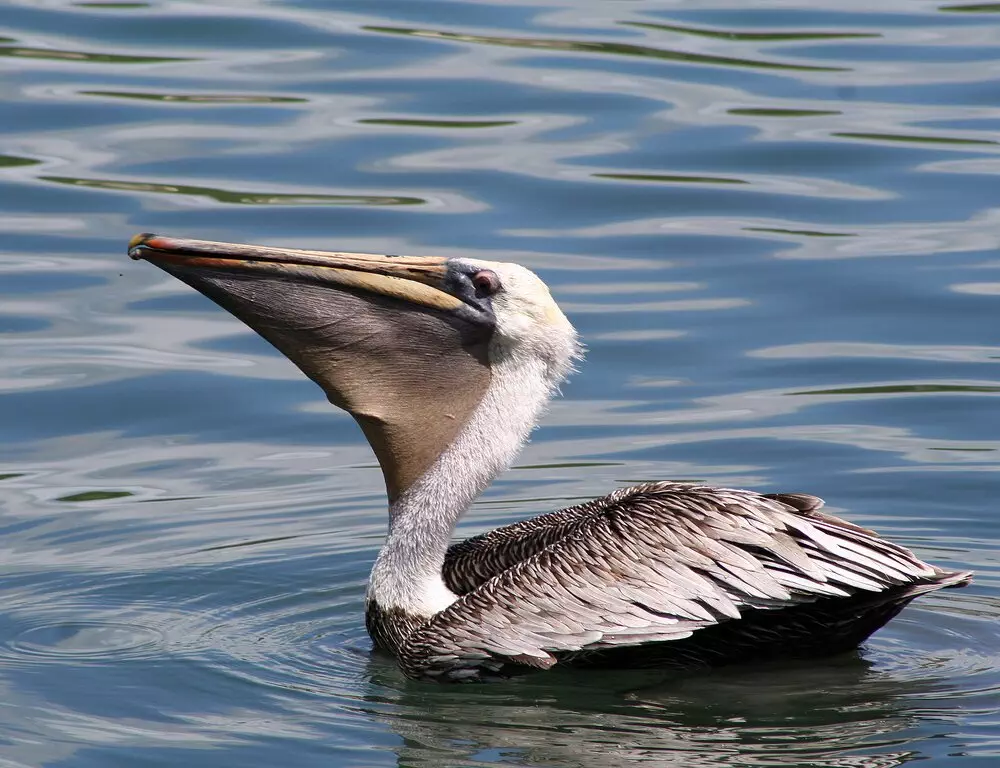
The Réseau National Échouage (RNE) was created to respond effectively to emergency situations (when animals are still alive) and collect biological and ecological data.
Red-billed Tropicbirds live alone or in pairs. It is a pelagic bird, only on land during the breeding season. It nests in Martinique, laying 1 egg a year directly in a cliff cavity, as it has difficulty walking.
There are 2 species in Martinique, the Yellow-billed and the Red-billed.
The Martinican name “paille en queue” (“straw in tail”) comes from the two very fine feathers that protrude from its 30 cm tail.
This is a pelagic bird that nests in colonies in Martinique, more specifically in Robert and Sainte Marie. It flaps its wings rapidly and feeds on small fish.
In the past, the seabirds that nested the coasts of the West Indies. Unfortunately, for several decades now, they have been suffering from numerous threats: egg collection, environmental modification leading to habitat degradation…
The Brown Noddi is a pelagic bird, migrating to Martinique to breed in colonies on the islets.
With its white cap, it is known as the “Moine” in Martinique. Seabirds generally have salt glands that allow them to excrete excess salt.
Waste dumped into the sea, mainly plastics, is responsible for the death of a million seabirds every year.
Around 20% of the plastic thrown into the oceans comes from ships, but the rest comes from the coast. Don’t throw plastics into rivers, beaches or the sea.
The frigatebird is a large bird with a wingspan of 89 to 114 cm. It glides at high altitudes.
Females are grayish-brown and white, while males are black with a red membranous pouch.
The frigatebird nested in large colonies until the end of the 17th century. Today, due to the degradation of its natural environment by man, it no longer nests in Martinique.
For centuries, fishermen have used seabirds, including the frigatebird, to locate shoals of fish.
It is one of the few seabirds that does not dive, as its legs are not webbed and its plumage is not completely waterproof.
The Osprey can be found all year round in Martinique, perhaps most frequently between September and April (migration of North American populations to South America).
Does not nest in the Lesser Antilles.
Diurnal habits. Most often solitary, sometimes in pairs. Can be found at sea, in rivers or near fish farms.
The pelican is Martinique’s largest seabird. It is a common breeding resident of the Greater and Lesser Antilles.
It has been decimated by intensive hunting in Guadeloupe and Martinique. Its fat was reputed to be a powerful remedy for pain.
Over the past 5 years, it has returned to Martinique. However, it does not appear to be a long-lasting resident.
The “Kaiali” is sedentary. It can be seen all year round in Martinique.
It lives in wetlands where it finds its food.
It nests at medium height (3 to 4 m) in a tree near water.
If disturbed, it flies away with a short, characteristic call: “Kio”.
It defends its fishing territory by ruffling its feathers. If that’s not enough, it goes on the attack.
The snowy egret inhabits freshwater and brackish marshes, mangroves, coastal areas and rivers.
A few individuals remain year-round, but they nest on Martinique’s neighboring islands.
A diurnal species, it is often found in small groups during certain periods of the year.
Its fishing method requires a great deal of dynamism: it searches the mud with its feet for prey.
The Cattle Egret is a colonial bird of African origin. It nests and sleeps in a colony in a mangrove by the sea. Nesting was first observed in Martinique in 1983.
During the day, it forages in the fields and stays close to livestock. Feeding mainly on insects, it is very opportunistic in its search for them: it positions itself close to a cow that is shaking the ground as it treads it, or in the wake of farm machinery that is turning over the soil.
During the breeding season, the male changes color: his back, head and chest turn orange.
There is an ox-guard heron colony in a mangrove in Robert Bay. Snowy egrets and other migratory waders can also be found here.
Chat with us directly from WhatsApp